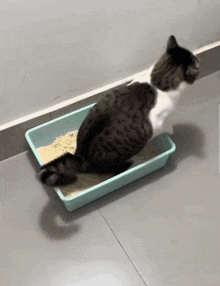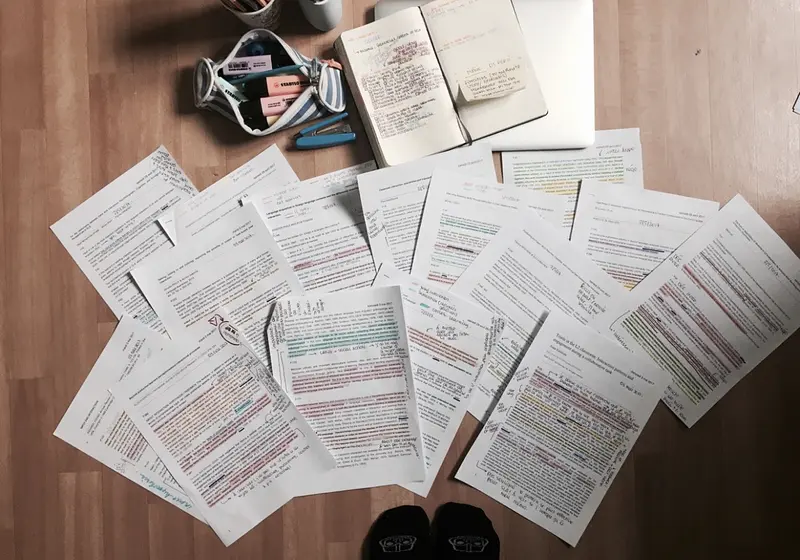As teens attempt to define themselves, they are faced with a need to be validated and molded into a perfect version of themselves.
The word is passed around like a volleyball. But seriously, what is stress?
Stress can be defined as a mental, emotional, or physical response to some external event, good or bad. And one of the most common sources of stress among students is the school itself, whether it's getting a good grade on that big Calculus test coming up, getting a good score on the SATs, or even dealing with friends and family.
It seems that being stressed has become a badge of honor. Phrases such as "productivity" or "I only got three hours of sleep last night" are thrown around lightly, as if these things have become normalized in our society. Teenagers are busy for the sake of being busy, not because they actually enjoy it, and it has expanded to become a huge social issue, which consumes adults as well.
Many teenagers consider the symptoms of stress to be normal, even going as far as romanticizing it. The meme above is a perfect example - we'll make jokes to cope with pressure and stress but won't do anything further to try and change something. So why is this the case?
Let us slide into your dms 🥰
Get notified of top trending articles like this one every week! (we won't spam you)Erik Erikson’s stages of psychological development:
Our society rotates around the feeling of superiority and inferiority, and this starts off very early.
We can connect this to Erikson's Stages of Psychosocial Development, specifically the stages that surround childhood and begin as early as when the child is 18 months old.
At ages 18 months to 3 years, the child develops a sense of "Autonomy vs Shame and Doubt." At this time, the child learns to become independent and gains self-confidence (Autonomy). However, if the child is criticized or restrained from self-assertion, they start to feel ashamed and doubt themselves, which can lead to self-esteem issues.
As young as 18 months, kids are exposed to feelings of self-doubt and inferiority. The events that unfold from here all snowball into something bigger and bigger and more worrying.
At ages 3-5, the child develops "Initiative vs Guilt." At this point, a child begins to plan their own activities during the day. They can feel secure in making choices and leading others. However, if this is squashed, the child will develop a sense of guilt - will I get in trouble if I do this?
Will I get yelled at if I ask this question? This will create guilt, and too much of it will hinder the child's social development and creativity.
At this point, the child can experience doubt and insecurity, leading to stress because they feel they are not trusted enough.
From ages 5-12, the child develops a feeling of "Industry vs. Inferiority." At this stage, the people the child chooses to spend their time with will become much more important, especially towards the child's self-esteem. Here, the child needs to gain approval and validation by showing their "competence" and understanding how to develop a sense of pride in their accomplishments.
At this stage, the child's peer group will gain greater significance and become a major source of the child's self-esteem. The child now feels the need to win approval by demonstrating specific competencies valued by society and developing a sense of pride in their accomplishments. On the flip side, if the child does not develop a feeling of achievement and pride, they will feel inferior, isolated, and even envious of their peers.
Seeing your peers achieving things while you feel like you are not can be humiliating. This humiliation, as most teenagers know and remember clearly, leads you to worry and stress.
The final stage in childhood is "Identity vs Role Confusion," from ages 12 to 18. This is when children learn how to transition from being kids to adults. They start developing their own identity or character to belong and fit into society.
If this cannot happen, the individual will not be sure about themselves or their place in society (Role confusion). Here, their peers also gain a significant role, either good or bad.
This stage involves the last one (Industry vs. Inferiority) too. People tend to see their identity and their "industry" as the same, building off their skills, achievements, and talents to create a sense of identity as a way to stand out.
However, the same is true for the other side. With the insecurity of feeling inferior to their peers, they question if they can create an identity for themselves in society.
And it is at this stage that kids start romanticizing stress and calling it cool.
Take the Quiz: What Type of Notes Should I Take?
Discover the best note-taking method for your learning style!
Alfred Adler’s superiority and inferiority complex theory:
In today’s words: self-esteem. The American Psychological Association defines Adler’s Inferiority Complex Theory as “a basic feeling of inadequacy and insecurity, deriving from actual or imagined physical or psychological deficiency, that may result in… the overcompensation of excessive competition and aggression” and his Superiority Complex Theory as “an exaggerated opinion of one’s abilities and accomplishments that derives from an overcompensation for feelings of inferiority.”
These two theories align with Erikson's theory and create possible explanations for why teenagers seem to think stress is cool.
Today, we can see Adler's theory taking place in teenagers as they combat the feeling of inferiority and create an identity by being hypercompetitive with their peers and bragging about their stressors. The feeling of self-doubt created by these complexes at a very young age goes a long way into the future and has the potential to shape a person's thoughts by realigning their motivations.
How is this all connected?
Erik Erikson’s specific stages all contribute to the stress of being seen as cool because teenagers want to be approved by their peers and to be validated by their society. Doing more things and trying harder to do more than their peers leads to a cycle of stress and validation - Stress is seen as cool because it is interconnected with validation.
What did Erikson's stages of Psychosocial Development have in common with Adler’s Inferiority and Superiority Complexes?
Self-esteem. Doubt. Shame.
These are normal emotions for anyone to feel, but teens tend to put them down and thinly try to disguise them with their achievements, bragging, and romanticization. Today, a common scenario commonly seen among preteens and teenagers goes like this:
Made with imgflip.com (Katie Wong)
Everybody knows sleep is supposed to be good for you. But to us, it seems as though the ones who get less sleep seem to be more successful because they seem to try harder and put more time into their activities. They may even put others down as a way to validate themselves. But again, these actions tie back to a desire to be accepted, approved, and validated by society and by peers.
And that is why being stressed is seen as cool.
But if you really think about it, it's not.

















